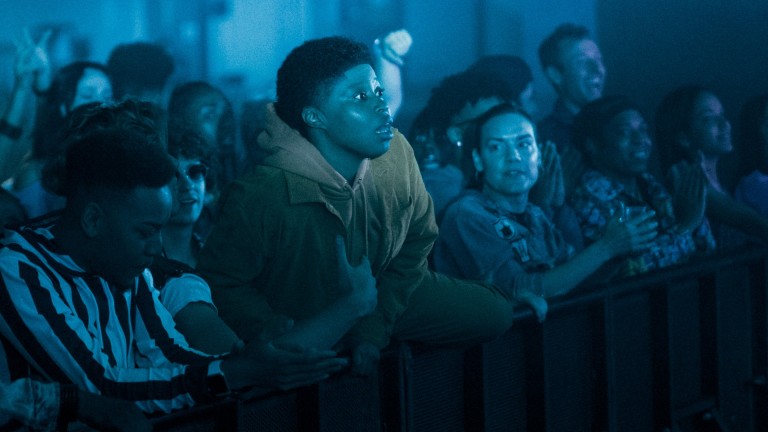While it is pristinely produced, the Prime series Swarm has been unsurprisingly divisive. It was co-created by Janine Nabers and Donald Glover, with direction from Adamma Ebo, Ibra Ake, and Stephen and Donald Glover. Preceding each episode is a message that reads: “This is not a work of fiction. Any similarity to actual persons, living or dead, or actual events, is intentional.”
The first episode of Swarm establishes an atmosphere of unease through a tense and convoluted plot, culminating in a shocking act of violence. Captured through the artful cinematography of Drew Daniels, this moment marked the crew’s recognition that they had produced something surreal. “That was the moment that Donald and I looked at each other and we were like, ‘All right—we got something right,’” Nabers explains.
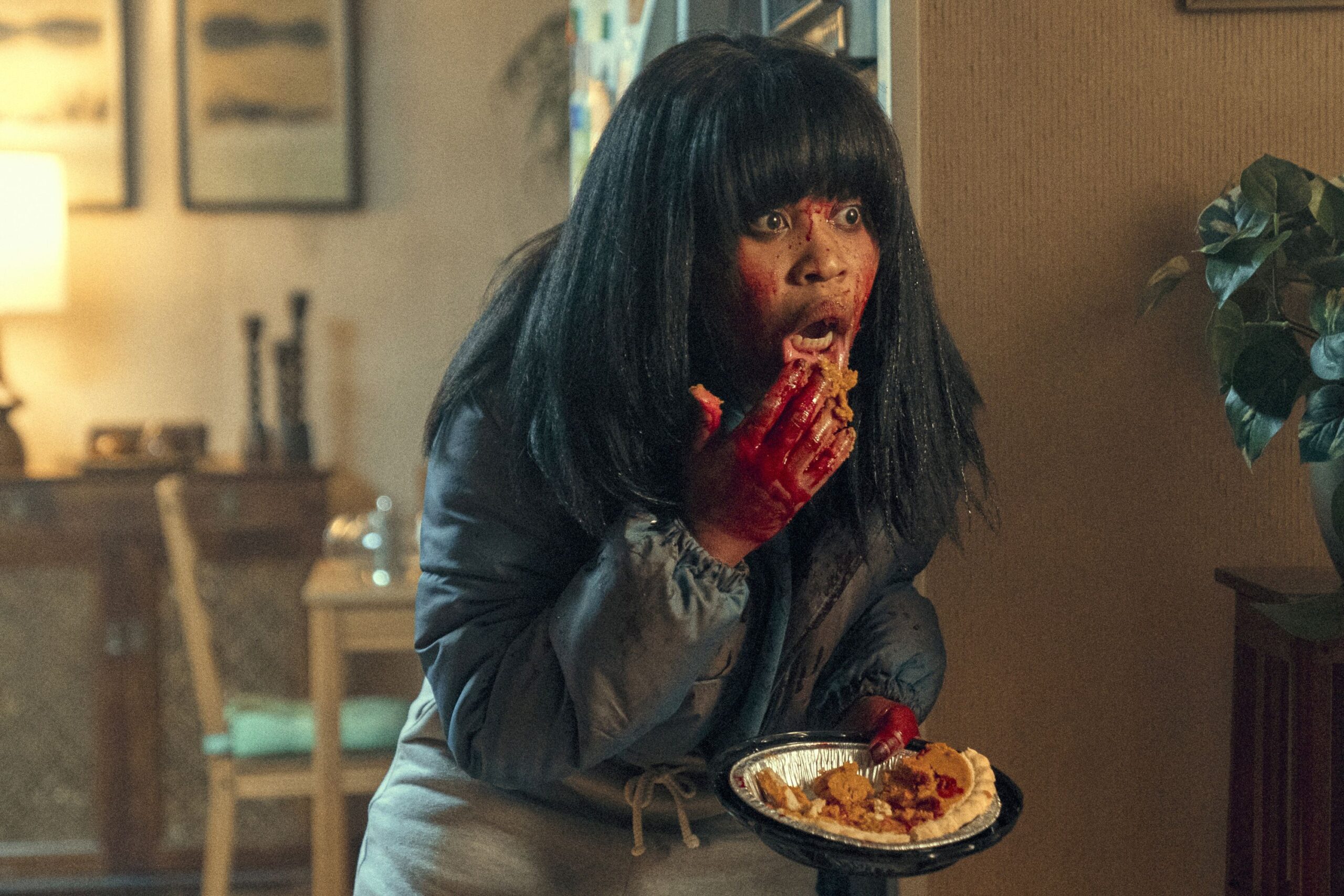
Finding this stylistic direction so early on gives the series a decisive strangeness typical of the production team. The subsequent episodes employ a textured aesthetic with saturated colours and a gritty film stock that lends a visceral quality to the violent events depicted. The series’ soundscape, composed by Michael Uzowuru, complements the macabre scenes and campy elements, with buzzing sounds preceding each moment of brutality.
Dominique Fishback’s character, Dre, is an online troll and passionate advocate of her idol, Ni’Jah, a character modelled after Beyoncé. The show specifically targets the fervent Beyhive, depicting Dre as an extreme fan willing to engage in vicious violence to defend her queen. It should come as no surprise that the show received its fair share of criticism. But while the backlash from the Beyhive is inconsequential, it’s the media reverberations that were rather revealing.
Jack Seale of the Guardian UK wrote a scathing review, demonstrating the unsurprising ineptness of critics who haughtily guard their role as gatekeepers. Seale’s analysis attempts to fit the show into representational conventions without appreciating how it intentionally supersedes them. His focus on the “inciting incident” that turns Dre into a “monster” oversimplifies Swarm‘s interrogation of respectability politics.
Seale’s use of “we” in his analysis raises the (historical) question of who gets to gauge the representation of Black womxn. He makes no mention of how the entertainment industry has a history of stereotyping people of colour and perpetuating gender stereotypes, thus undermining the critical touches that form the subtext for this show.
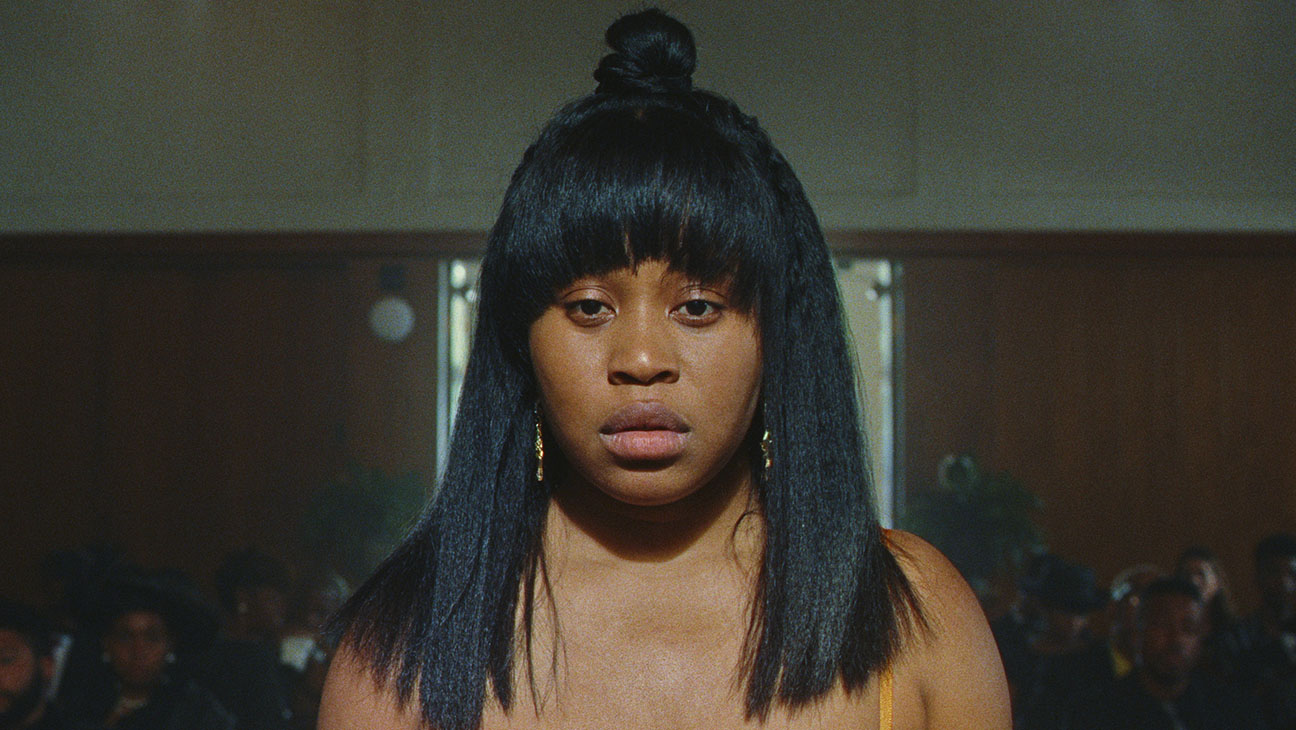
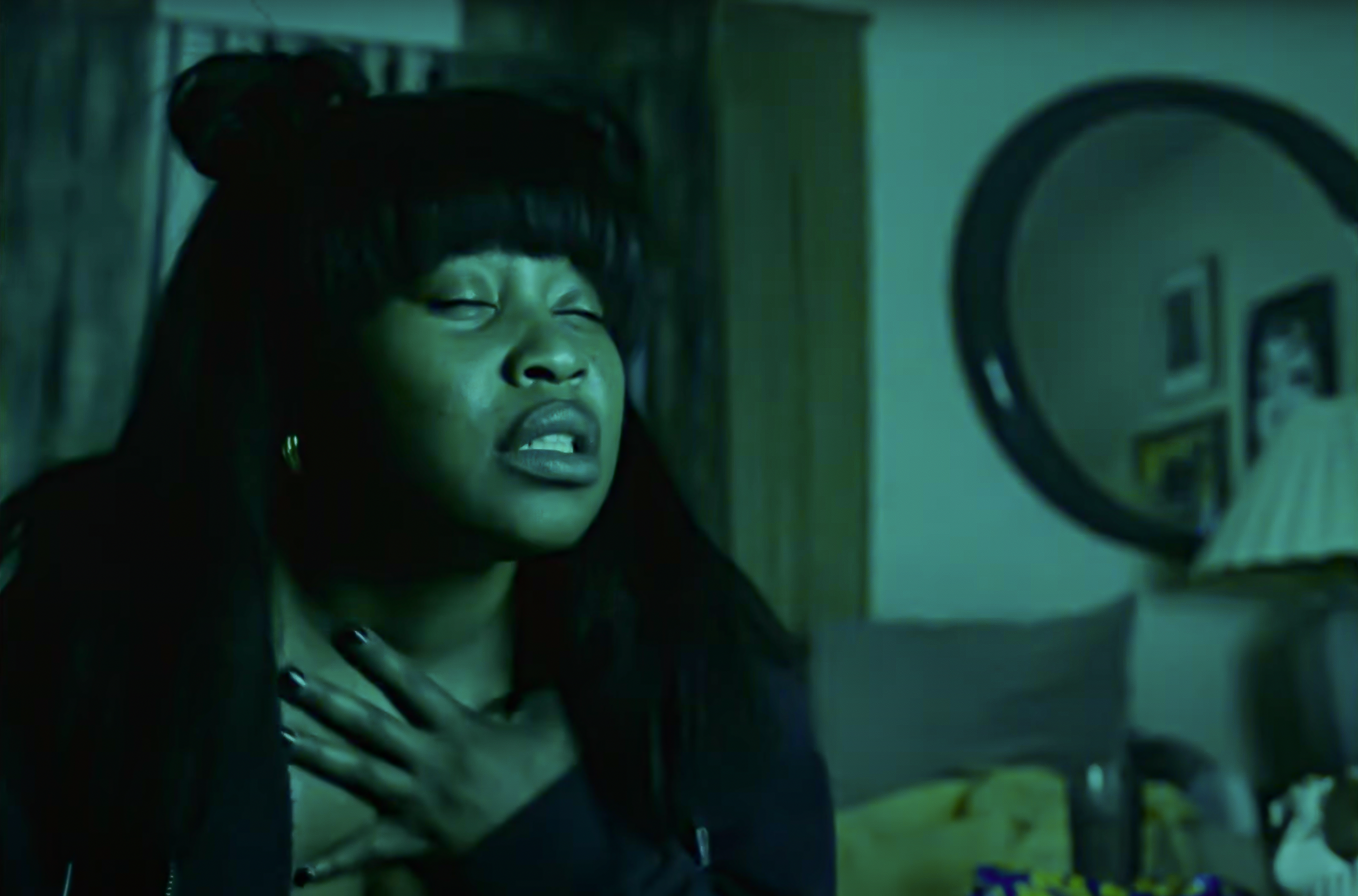
The showrunner, Nabers notes that the people who worked on Swarm are the same people who worked on Atlanta. Existing in “the same tonal space” Swarm is “a sister to Atlanta”, which premiered in 2016 on FX. A quick comparison makes it clear that the crew is concerned with the critical use of storytelling techniques such as dream sequences and magical realism to uniquely explore themes of identity, race and class.
Swarm also subtly explores the notion of mental illness, which is often stigmatised in Black communities. Despite being 20% more likely to experience serious mental health problems, Black communities struggle with access to mental health services due to financial barriers and a distinct distrust of the healthcare system.
While Swarm is selective with how much it reveals of Dre’s psychology, it is unapologetic about its treatment of obsession and mental health. Besides addressing the idea of Black characters who are unwell, Swarm explores Black characters who are also rather bad. From an Afro-pessimist perspective, Swarm suggests – if we can empathise with murderous white characters in film and television, then we can just as well relate to antagonists who are black and femme.
Positioning a Black femme character as a serial killer rejects the unending and uncritical aspiration for ‘good’ Black characters in film and television. Swarm is a reminder that anyone, regardless of race or gender, can become a serial killer and that good characters in entertainment need not necessarily be morally good. It compounds the somewhat stale trope of white male serial killers that audiences have become accustomed to.
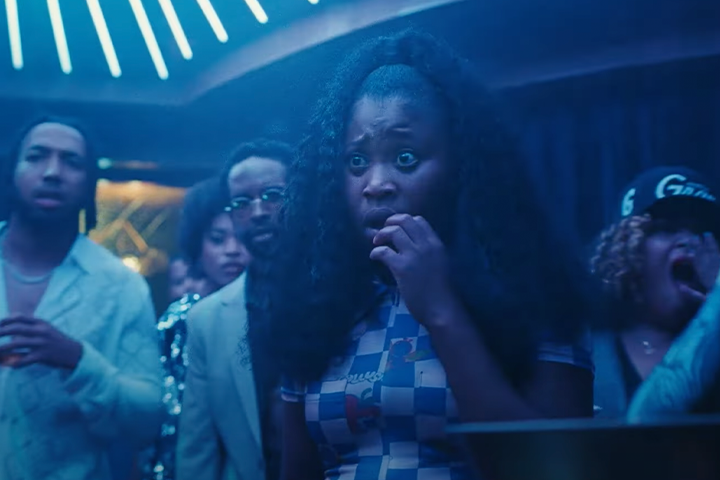
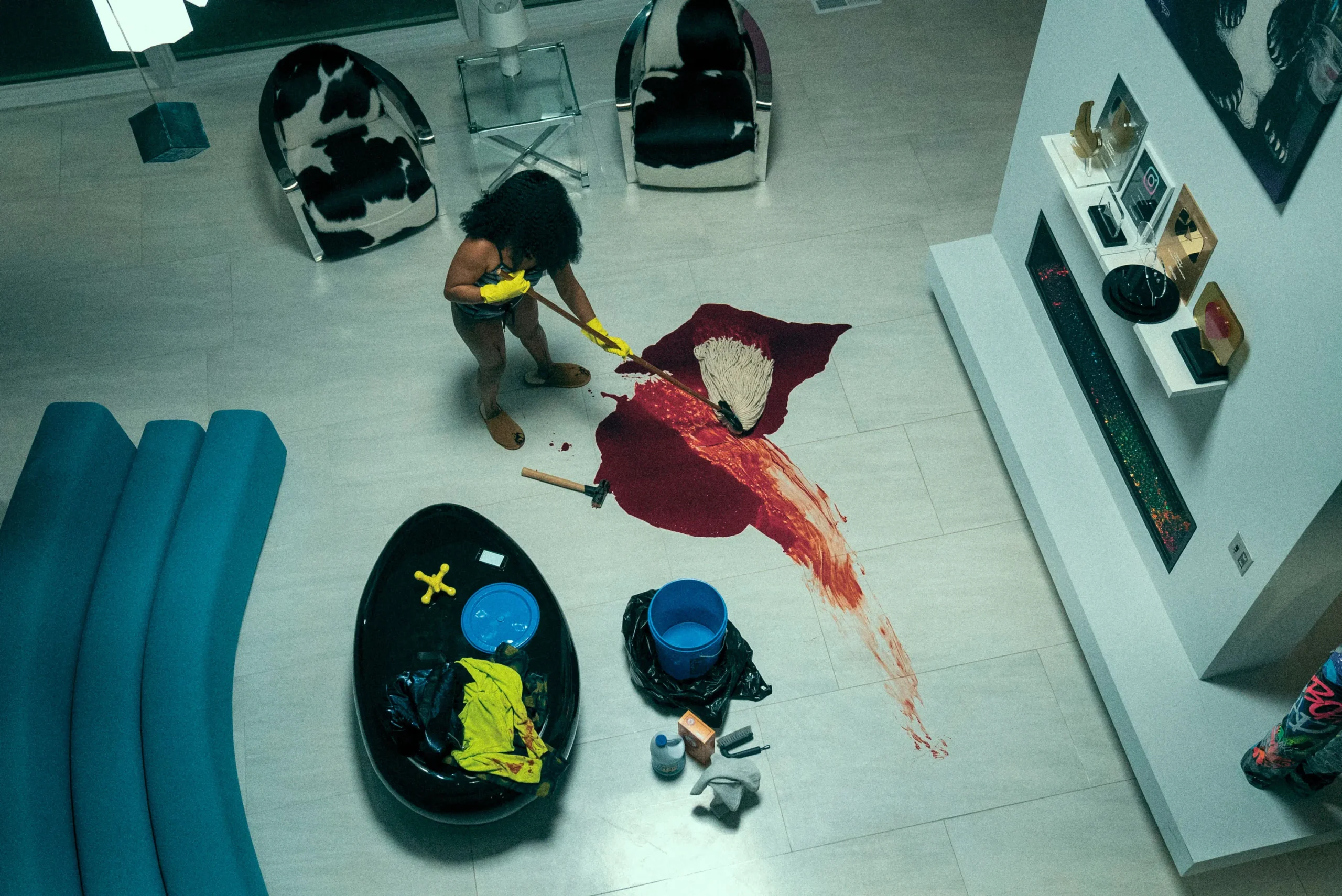
“We just thought it’d be fun to make a post-truth Piano Teacher (2001) mixed with The King of Comedy (1982)”, Glover told Vanity Fair. Following this cue, Fishback takes a killer zealot and makes her real. She maintains the Afrosurrealist absurdism of Swarm while channelling the smiling psychos of conventional on-screen killers with uncanny capability.
As she becomes a fugitive, much of the series observes Dre navigating new spaces. Her passage through the country is akin to that of Michael Rooker’s Henry: Portrait of a Serial Killer (1986). Her epic performance conjures the creepy cadences of Robert De Niro’s The King of Comedy, Christian Bale’s American Psycho (1991), and Heath Ledger’s Joker (2008).
Her acts of violence are not only bolstered by the political imperative of shifting cinematic conventions, but by the legend of iconic actors who make us mourn for menacing murderers. When tears roll down the murderess’ cheek as she speaks of fantasies of hanging with Ni’Jah, we feel it. Fishback’s dedication to Dre is rooted in the lived experience of the oft-heartbreaking isolation that is Black womxnhood.
Putting people like Malia Obama in the writing room makes the show deliberate about its important intervention. With its satirical techniques Swarm‘s malaise complicates race and gender in film and television. It portrays grief, obsession, misogyny and murder in a soulful yet decidedly sadistic way, refusing to cater to archaic conventions of respectability in popular representation.
